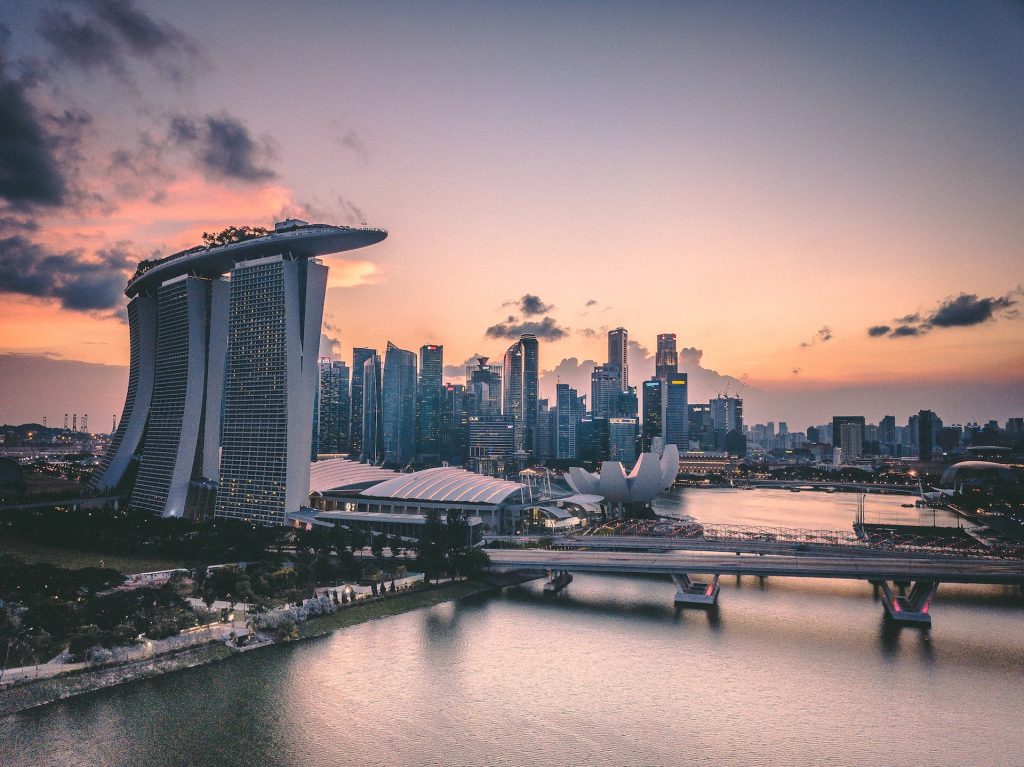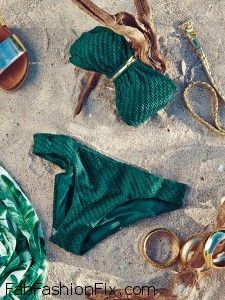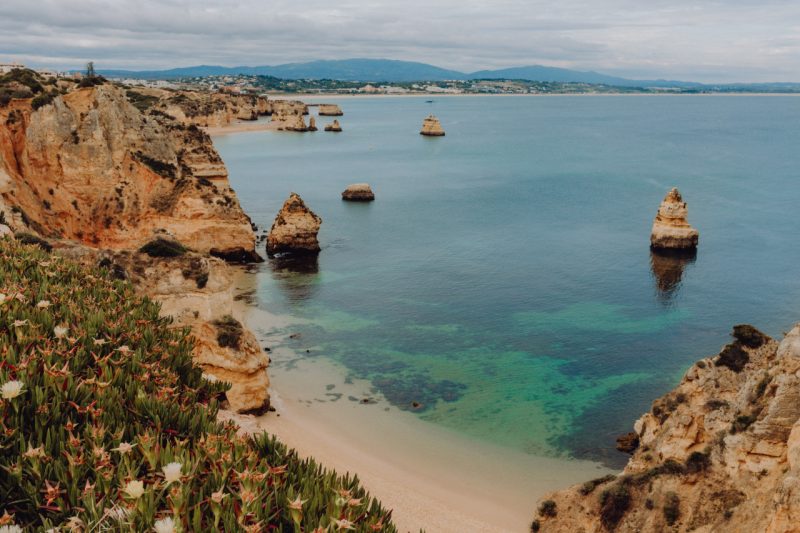About Author
Stylishly Sustainable: Vikki Gerrard La Crosse WI Shares How Eco-Friendly Choices in Fashion And Leisure Are Shaping a Greener Lifestyle
0Eco-friendly living is gaining momentum as individuals seek ways to reduce their environmental footprint. In particular, fashion and leisure have become significant battlegrounds for sustainability, influencing lifestyle choices and consumer behavior. Vikki Gerrard La Crosse, WI, shares her insights on the growing trend of stylish and sustainable living, highlighting how conscious choices in these areas can greatly impact creating a greener lifestyle.
Eco-Friendly Fashion: More Than Just a Trend
The fashion industry is notorious for its environmental impact, but a shift towards sustainability is underway. Brands are increasingly adopting eco-friendly materials like organic cotton and bamboo despite challenges such as the need for more water and land in the case of organic cotton and chemical processing in bamboo fabric production. Innovative materials like bio-yarn from algae and microbial bio-leather highlight the industry’s potential for sustainable practices.
Sustainable brands like Eileen Fisher and Outerknown exemplify how fashion can support environmental and social well-being, integrating recycled materials and ethical labor practices into their products. This movement is not just about reducing negative impacts but is also driven by consumer demand for brands that reflect their values of sustainability and ethical responsibility.
SEE MORE: How packaging can give your fashion store a brand identity
Sustainable Materials and Technology in Fashion
In the quest for sustainability, the fashion industry has turned to innovative materials that minimize environmental impact. Recycled polyester, derived from post-consumer plastic bottles, offers a circular solution to waste, transforming potential landfill material into durable, wearable fabrics. Tencel, another sustainable material, is made from wood pulp sourced from sustainably managed forests. The production process of Tencel is notably eco-friendly, using closed-loop systems that recycle water and solvents.
Advancements in technology are also pivotal in sustainable fashion. Biodegradable fabrics and dyes are emerging that reduce the environmental footprint of clothing at the end of its life cycle. Companies are investing in technologies that enable more efficient use of resources, such as water-saving dye techniques and energy-efficient manufacturing processes. These innovations are critical for the industry’s shift towards sustainability, allowing brands to offer eco-conscious products without compromising on style or quality.
Eco-Friendly Leisure and Tourism
As interest in eco-friendly living grows, so does the popularity of sustainable tourism. This form of tourism involves travel practices that do not harm but rather help conserve the environment and improve the well-being of local people. Eco-friendly leisure activities, like responsible hiking, wildlife watching, and staying at eco-lodges, align closely with sustainable living values. They promote conservation, support local economies, and teach travelers about protecting natural resources.
The Role of Eco-Friendly Leisure Activities
Eco-friendly leisure activities, such as hiking and cycling, promote health and well-being and encourage a deeper connection with nature, which can further inspire sustainable living habits. Vikki Gerrard La Crosse says these activities often require minimal equipment and can significantly reduce one’s carbon footprint compared to motor-based sports.
Communities and local governments increasingly support sustainable leisure initiatives, recognizing their benefits for personal well-being and environmental health. Such initiatives also boost local tourism and promote cultural heritage, adding to their sustainability.
Impact of Sustainable Practices on the Environment
Adopting sustainable practices in fashion and leisure can lead to substantial environmental benefits. For example, the push for sustainable fashion can potentially reduce the massive amounts of waste and pollution the industry generates. Sustainable fashion principles like recycling, upcycling, and prolonging garment life are crucial.
Moreover, as consumers increasingly choose eco-friendly leisure activities that require less resource-intensive infrastructure, energy consumption and wastecorrespondingly decrease.
How Individuals Can Make a Difference
Individuals can contribute to a greener lifestyle by opting for sustainable fashion brands, supporting local and eco-friendly leisure activities, and advocating for environmental sustainability policies. By making conscious choices and encouraging others to do the same, everyone has the power to influence the market and push for broader systemic changes.
This approach fosters a healthier environment and builds a community around sustainable practices, creating a collective force for change that can lead to significant environmental benefits over time.
The Impact of Consumer Awareness and Education
As the demand for sustainability grows, so does the importance of consumer awareness and education in driving eco-friendly choices in the fashion and leisure sectors. Empowering consumers with knowledge about the environmental impacts of their purchases encourages more sustainable consumer behavior. Educational campaigns and transparency from brands about their production processes and sustainability efforts play a critical role in shaping purchasing decisions. As consumers become more informed, they are more likely to support brands demonstrating genuine commitment to environmental stewardship, leading to a positive demand cycle for sustainable practices.
Final Thoughts
As the fusion of eco-friendly fashion and leisure continues to gain traction, Vikki Gerrard La Crosse WI knows that sustainability is more than just a trend—it’s a robust movement steering us towards a greener lifestyle. By being mindful of our choices and supporting brands prioritizing sustainability, we can all contribute to creating a more environmentally conscious society. Let’s continue to learn, adapt, and make a positive impact one purchase at a time. We can create a better future for our planet and future generations.
About Author
Leave A Reply
What to visit in Singapore
0Singapore is perfect if you’re looking for a luxurious destination. The country has been described as the playground for the rich, and you will find elegant boutiques, high-end hotels, and fine restaurants. Aside from that modern side, you can also see its vibrant history through its monuments and enjoy the various ethnic quarters. Families are also welcomed with lovely public spaces and futuristic attractions. Check now what to see when you’re in Singapore.
Marina Bay Sands
Visit the opulent Marina Bay Sands, a massive resort complex. You will find a canal in the middle, the ArtScience Museum, and the majestic Marina Bay Sands Skypark Observation Deck. The viewing deck and an infinity pool are at the hotel’s top. The hotel offers a full view of Singapore, where you can see the double-helix bridge, the Gardens by the Bay, and the port. Don’t miss the chance to dine at the rooftop restaurant or get a photo taken with a green screen in front of the luxurious hotel. This is the lifestyle you’re looking for in Singapore.
SEE MORE: How to Look Your Best While You Travel

Sentosa Island
Although Singapore isn’t known as a beach destination, you can still have some fun in the sun on Sentosa Island. Head to Siloso Beach, where you can relax, play volleyball or try kayaking or skimboarding. Aside from these fun attractions, you can explore the Underwater World aquarium. The site offers swimming with dolphins. In addition, you must stop by the Merlion, Singapore’s most famous statue. It shows the head of a lion and a fish’s body. You can take an escalator and get panoramic city views while taking photos of the Merlion. Also, check out the Flying Trapeze and SeaBreeze Water Sports at Wave House.
Clarke Quay
Clarke Quay was the commercial hub of Singapore during the 19th century. Today, it’s still an active part of the city. After shopping on Orchard Road, most visitors come here for entertainment and dining on the waterfront. You can also opt for a river taxi or cruise that takes you through the city’s historic bridges and landmarks, like the famous Merlion. Another attraction appealing to young people is the giant bungee-jumping spot. This thrilling attraction will take you on a ride you wouldn’t expect.
Universal Studios Singapore
Visit Resorts World Sentosa, where the majestic Universal Studios Singapore spans 49 acres. Every area pays tribute to a film, TV show, location, and more. You can enjoy a bit of Hollywood and Madagascar or explore Ancient Egypt. Don’t miss the games related to famous movies, such as Shrek, The Lost World, Revenge of the Mummy, and more. Visitors have an array of restaurants, stores, and live shows.
Singapore eVisa
It’s time to get your [Singapore eVisa] and explore the country soon. This mandatory travel document will let you enter Singapore for tourism reasons. iVisa can process your digital application after you complete a simple online form. Their experts will take your information and send your electronic visa by email. Don’t worry about anything because their customer service agents will answer all your questions.

